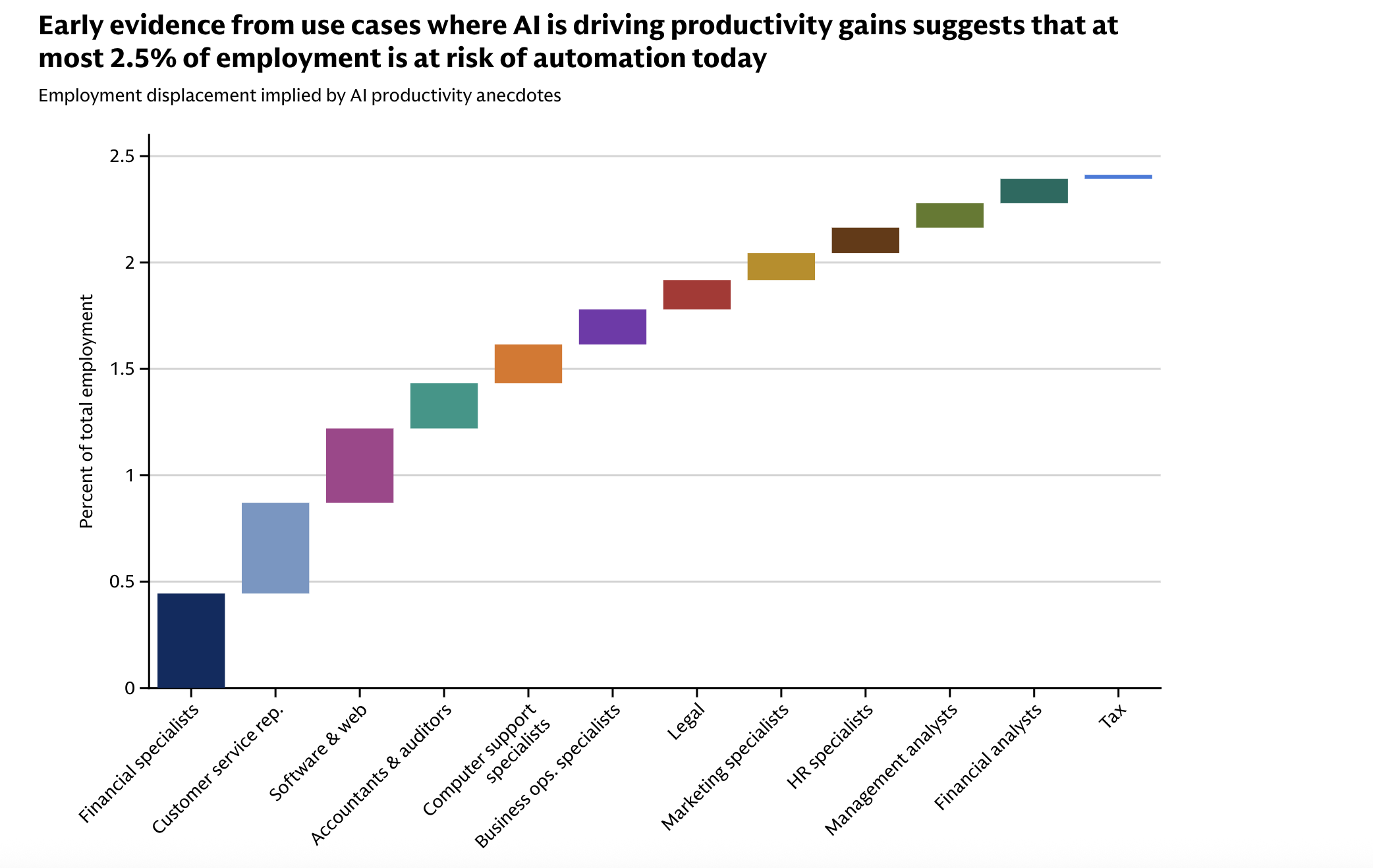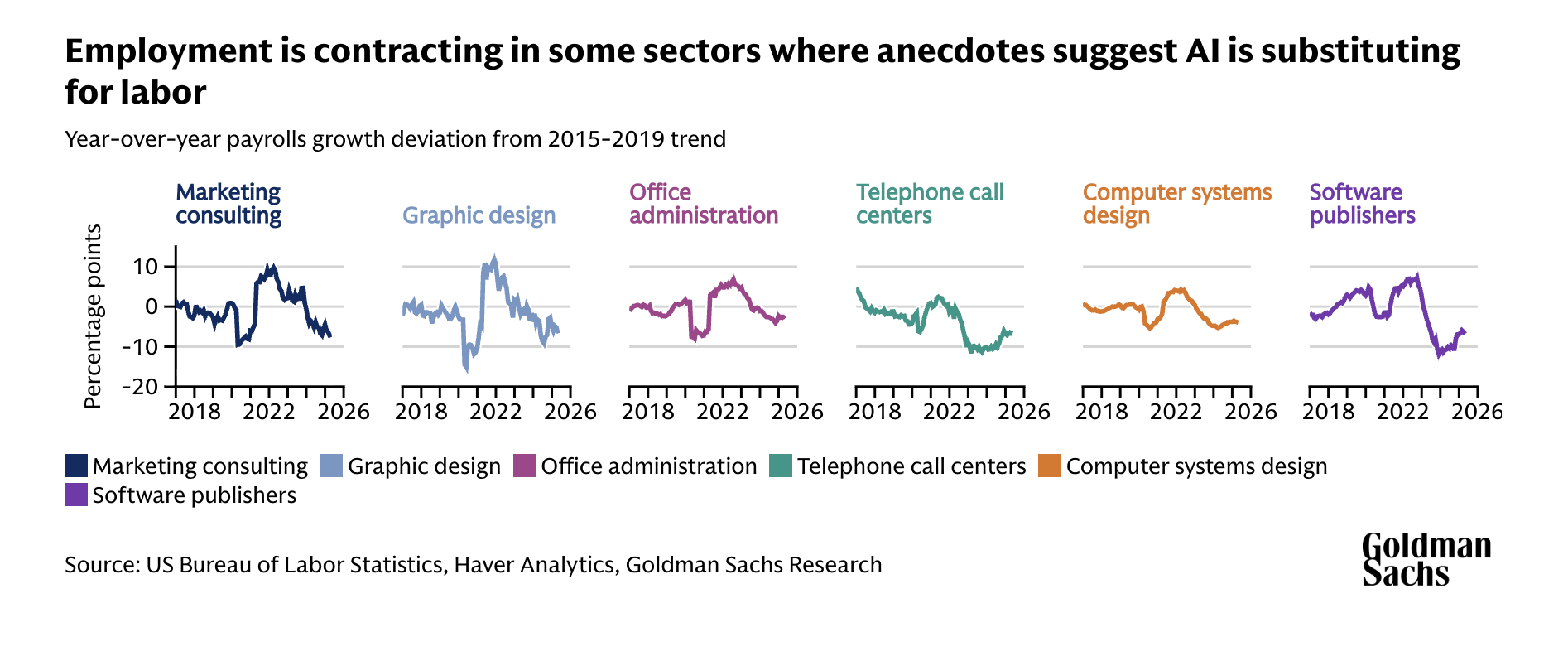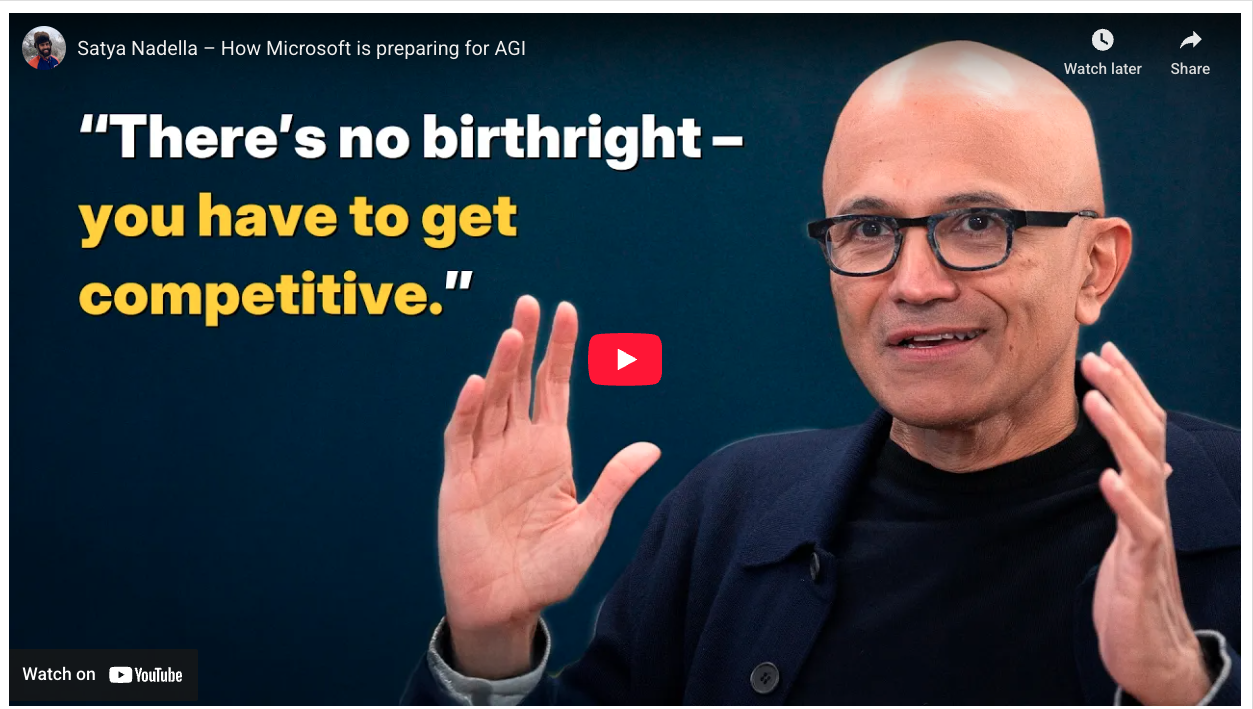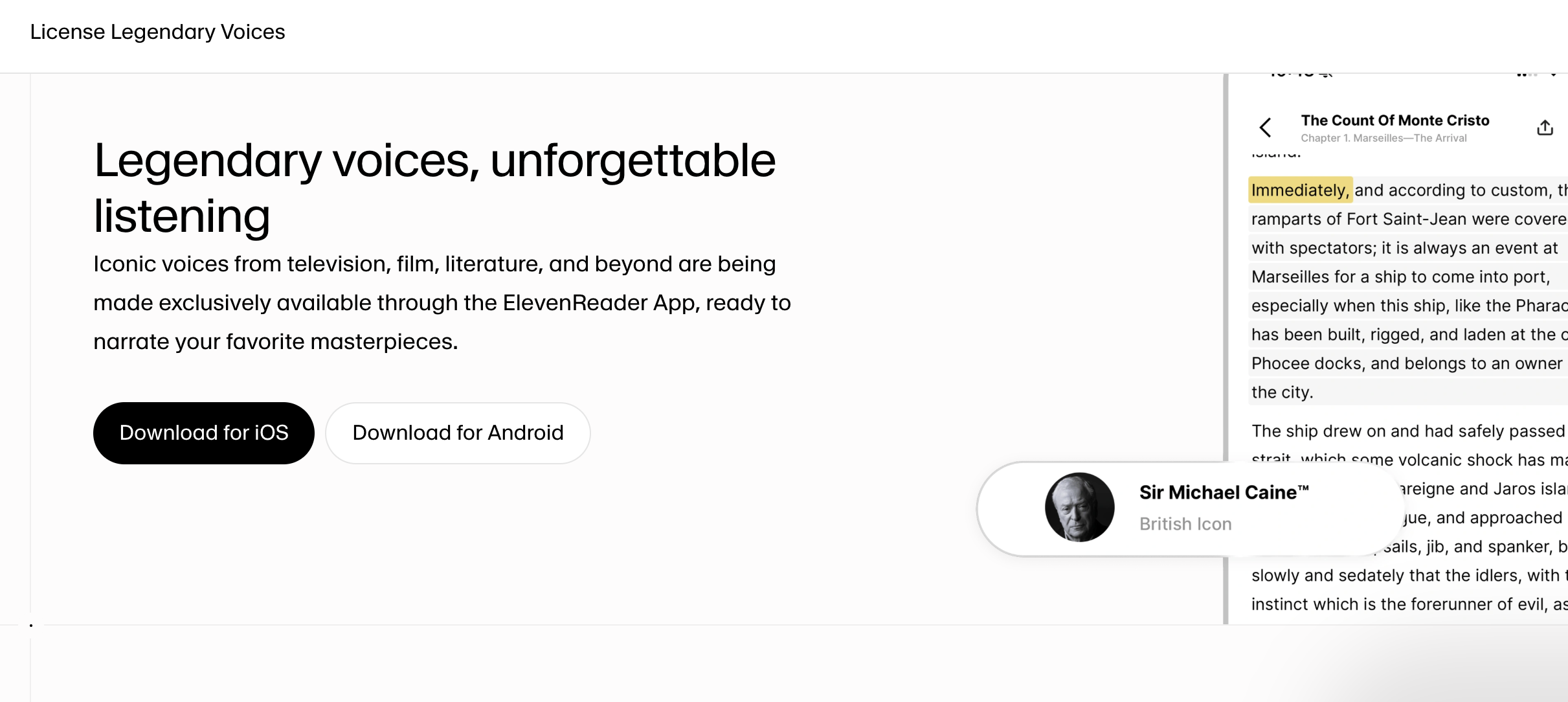Goldman Sachs: AI’s job hit will be brief as productivity rises
Goldman Sachs just released some new research on AI and jobs that lands in the “short-term pain, long-term gain” camp.
Here’s the TL;DR:
- Economists expect generative AI to lift labor productivity by ~15% at full adoption and nudge unemployment up by about 0.5 percentage points during the transition.
- Baseline displacement risk sits at 6–7% of the U.S. workforce, with current use cases (if fully scaled) putting ~2.5% of jobs at risk.
- Early friction appears most acute in junior tech roles, while higher near-term exposure includes programmers, accountants, legal/admin assistants, and customer support.
- The roles with lower exposure? Air-traffic controllers, radiologists, pharmacists, CEOs, photographers, clergy.
- Also, AI adoption is still low (only ~9.3% of big companies report using gen-AI in live production as of a recent U.S. survey) so broad labor effects remain limited.
The debate over artificial intelligence and its impact on the job market often swings between two extremes: a utopian future of unprecedented productivity and a dystopian one of mass unemployment.
A new, comprehensive report from Goldman Sachs Research wades into this debate, offering a data-driven perspective that lands somewhere in the middle: AI will cause significant, but ultimately temporary, disruption.
The headline figure from the report is that widespread adoption of AI could displace 6-7% of the U.S. workforce. While that number sounds alarming, the firm’s economists, Joseph Briggs and Sarah Dong, argue against the narrative of a permanent "jobpocalypse." They remain “skeptical that AI will lead to large employment reductions over the next decade.”
Their argument is rooted in historical precedent. “Predictions that technology will reduce the need for human labor have a long history but a poor track record,” they write. The report highlights a stunning fact: approximately 60% of U.S. workers today are employed in occupations that didn't even exist in 1940. This suggests that over 85% of all employment growth in the last 80 years has been fueled by the creation of new jobs driven by new technologies. From the steam engine to the internet, innovation has consistently eliminated some roles while creating entirely new industries and professions.
Goldman Sachs expects AI to follow this pattern. The researchers predict a period of "frictional unemployment," where the jobless rate could temporarily rise by half a percentage point as displaced workers search for and retrain for new positions. Historically, they note, such disruptions from technological shifts tend to resolve themselves within about two years.

The Productivity Paradox and Early Warning Signs
The driving force behind this transition is a massive potential leap in efficiency. Goldman Sachs estimates that generative AI, once fully integrated, could raise labor productivity in the U.S. and other developed markets by an incredible 15%. This productivity boom is what enables companies to automate certain tasks, leading to the initial displacement.
While the full impact is years away, the report identifies early signs of this shift already underway. Executives in technology and finance have reported slowing their hiring, particularly for operational and back-office roles, due to efficiency gains from AI.
This is showing up in the data for specific industries. Employment growth in sectors like marketing consulting, graphic design, office administration, and telephone call centers has already fallen below its pre-AI trend. The tech industry itself is not immune; its share of overall employment has steadily declined since November 2022, falling below its pre-pandemic growth line.
The report also uncovers a demographic trend: younger workers are bearing the brunt of this initial wave. Unemployment among 20- to 30-year-olds in tech-exposed occupations has jumped by nearly 3 percentage points since the beginning of 2025, a significantly sharper rise than for their peers in other fields. This aligns with anecdotal reports that recent college graduates in tech are facing hiring headwinds directly related to AI automation.
Which Jobs Are on the Chopping Block?
To understand future risks, the researchers analyzed occupations based on factors like task repetitiveness and the value of human oversight. Their findings provide a clear, if unsettling, roadmap of which professions are most vulnerable.
The list of high-risk occupations includes many white-collar roles that were once considered safe from automation:
- Computer programmers
- Accountants and auditors
- Legal and administrative assistants
- Customer service representatives
- Telemarketers
- Proofreaders and copy editors
- Credit analysts
Conversely, jobs that require high-stakes decision-making, complex physical interaction, or a deep level of human empathy and creativity are deemed the least at risk. This group includes:
- Air traffic controllers
- Chief executives
- Radiologists
- Pharmacists
- Photographers
- Clergy
It's important to note that current AI adoption remains remarkably low. A recent survey found that only 9.3% of U.S. companies have used generative AI in production over the last two weeks. If only these current, limited use cases were expanded across the economy, Goldman Sachs estimates that only 2.5% of jobs would be at risk. The higher 6-7% figure anticipates a future where AI is far more capable and widely integrated.
Ultimately, the report concludes that the AI transition will be more about evolution than extinction. It won't lead to a world without work, but rather a world with different work. The core message is not one of doom, but of adaptation. The long-standing adage, "AI won't take your job, but someone who knows how to use it will," seems to be the central thesis. The challenge for workers and employers alike will be navigating this temporary disruption and investing in the skills required for the new jobs that have yet to be invented. As Briggs and Dong caution, the full extent of the disruption will remain an "open question" until the AI adoption cycle has fully played out.
The bigger picture:
The key takeaway here is that AI is still only able to automate select tasks, not entire roles, and that’s likely not going to change anytime soon. This means there’s high displacement risk if most of your day is repeatable steps software can do, and you don’t move up to owning the outcome, the client relationship, or the messy edge cases.

Separately, blue-collar roles and skilled trades are showing resilience and momentum. Fresh reporting points to rising demand for construction, hospitality, and other hands-on roles with low automation potential, especially as many of the folks who do this work today are retiring and leaving the workforce.
That's another path plenty of people are taking; but in our opinion, the best path for you is the path that maximizes 1. what you're good at, 2. what you can be paid for, 3. what the world needs, and 4. what you love. If that's blue collar work, then by all means, go for it!
Our take...
If AI mostly compresses tasks inside roles, and that compression varies by workflow, then the safest strategy isn’t to cling to any one job title. It’s to focus on and compete on job outcomes.
What to do instead: compete on outcomes (not titles)
Think “what I ship,” not “what I’m called.” Package your work like a product with a clear promise, price, and turnaround time—and let AI handle the boring parts while you handle judgment and trust. This builds on the sage advice of somebody successful* who said you should describe yourself based on what you do, not “what you are.”
Here’s a few concrete examples (just swap in your niche and apply the same idea):
- Programmer becomes “Bug-fix in 24 hours”: AI drafts the patch + tests; you verify edge cases and ship. Or better yet: you’re no longer a developer, you’re the whole company.
- Accountant becomes “Month-end closed by Day 3”: AI preps reconciliations; you resolve anomalies and sign off. AI might not be able to do this yet, but it will soon!
- Paralegal/Legal ops becomes “48-hour contract review”: AI flags clauses; you assess risk, add context, and recommend edits.
- Customer support becomes “Resolved in one reply”: AI suggests answers; you personalize and fix the thorny stuff.
- Designer/Marketing becomes “Two-day page refresh”: AI mocks variations; you choose, polish, and align to brand.
All of these examples prioritize speed; but perhaps speed isn’t what you offer. Maybe you offer quality over quantity, or your network and expertise are what gives you an edge. That’s fine, but your customers (the people who are hiring you when you work for yourself) or your future bosses will want that expertise or network or whatever else reframed into results that matter to them.
How to package it:
- Name the result you deliver (not the role you play).
- Promise a turnaround and stick to it (leverage AI to make this possible).
- Set a simple price (flat or per outcome).
- Show proof (before/after, response times, satisfaction).
- Use AI for "middle-to-middle" work, but you keep ownership of quality, nuance, and trust.
Here’s a quick playbook to operationalize this:
- Define your product: state your value as an output metric: “I deliver a weekly CFO-ready revenue forecast with variance analysis,” not “I’m a financial analyst.” Package it with SLAs and a price.
- Bundle AI and expertise: Use AI to do the rote pieces (drafts, reconciliations, first-pass QA), and spend your human time on judgment, relationship context, and last-mile delivery. That’s exactly where displacement risk is lower.
- Go small to go faster: Form 2–5 person micro-teams around a niche (e.g., “B2B SaaS renewals triage,” “local clinic billing cleanup,” “real-estate listing refresh”). Small crews can iterate service areas faster than big orgs.
- Win local against global: Multinationals are slow to tailor services to city-by-city norms and relationships (and big companies are more likely to downsize to increase profits). So productize a narrow local outcome (e.g., “48-hour marketing refresh for Bay Area law firms”) and beat them on speed, context, and trust.
- Measure what matters: Tie fees to outcomes (lead conversions, cycle-time cuts, error-rate drops) so clients pay on result, not hours worked.
Local beats global (white- and blue-collar)
Here’s what we see happening: large public companies will hire more slowly (if at all) as they chase margins. That opens space for tiny teams and solo operators to capture local demand using the same AI productivity gains.
Where to aim right now:
- High-exposure, white-collar workflows (programming, accounting, legal ops, customer support) are ripe for AI-augmented service boutiques that promise better quality at lower cost.
- White-collar, localized services (as an example): “48-hour marketing refresh for Bay Area law firms,” “Revamp pitch decks for seed-stage startups by Friday,” “HIPAA-compliant billing cleanup for neighborhood clinics.”
- Skilled-trade adjacencies (project scheduling, permitting packets, inventory, invoicing, customer comms) are underserved and growing as hands-on sectors expand: another opening for small, AI-enabled operators to productize back-office wins.
- To "verbify" that, you could offer something like: “3-day roof-leak triage with photo report,” “HVAC tune-up + automated reminders,” “Kitchen refresh in two weeks with AI-based estimates, scheduling, parts ordering, and text updates.
Why this works (based on nature & history):
After shocks—wildfires in ecosystems, new tech in markets—small, fast movers colonize first. It’s the same in business: the PC era, the web, Shopify/Etsy, and the remote-work boom all let small players out-iterate incumbents. AI is yet another disturbance. Big firms will adopt, slowly, but local context and speed and trust give small teams a head start right now.Stop selling a job description. Sell a result. With AI lifting productivity and big companies slow-walking headcount, this is the window for individuals and small teams to win local market share—before the giants fully adapt.*I think it was Paul Graham, but I don’t have the source; it’s good advice nonetheless.
Bottom line
You no longer are an XYZ role who does XYZ job description. You offer XYZ outcomes. Whether you are freelancing, starting your own startup, or trying to get a job, you need to start selling a result. With AI lifting productivity across tasks and some “roles” destined to be completely automated, now is the moment for individuals and small teams to carve out local market share before the global giants fully adapt. Big companies are and will continue to slow-walk headcount, and while that's a transitory phenomena, it'll continue as this technology becomes more widespread. So now is the window for individuals and small teams to come out swinging and out-compete them.
Everybody in Silicon Valley keeps talking about the era of the "single person billion dollar company." You don't need to make a billion dollars to win here; you just need a paycheck. You can definitely do that by focusing on selling outcomes instead of a job description... and who knows, maybe you can become that single person unicorn, too.
*I think it was Paul Graham, but I don’t have the source; it’s good advice nonetheless.







